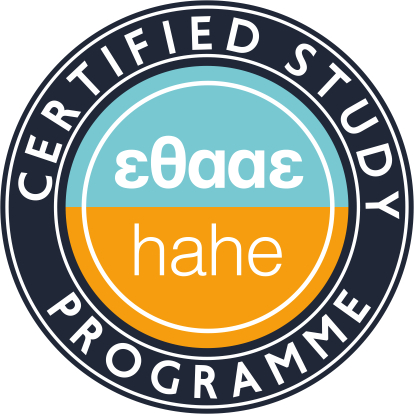

 , Psarras Bill
, Psarras BillUpon the successful completion of the course the students should be able to:
Howell, A. (1999). The Analysis of Performance Art. Oxon; New York: Routledge.
Latour, B., & Woolgar, S. (1986). Laboratory Life: The Construction of Scientific Facts. Princeton, NJ: Princeton University Press.
Leavy, P. (2025). Handbook of Arts-Based Research, New York: The Guilford Press.
Magrane, E., Russo, L., De Leeuw, S, Perez-Santos (2020). Geopoetics in Practice. New York: Routledge.
Mentz, S. (2024). An Introduction to the Blue Humanities, New York: Routledge.
O’Rourke, K. (2013). Walking and Mapping: Artists as Cartographers. The MIT Press
Rogers, H. S., Halpern, M. K., Hannah, D., & de Ridder-Vignone, K. (Eds.). (2021). The Routledge Handbook of Art, Science, and Technology Studies. Cambridge, MA: MIT Press.
Schafer, R. M. (1993). The soundscape: Our sonic environment and the tuning of the world. Simon and Schuster.
Scott, J. (Ed.). (2006). Artists-in-labs: Processes of Inquiry. Vienna: Springer-Verlag.
Scott, J. (Ed.). (2010). Artists-in-labs: Networking in the Margins. Vienna: Springer-Verlag.
Scott, J., & Hediger, I. (Eds.). (2016). Recomposing Art and Science: Artists-in-labs. Berlin, Germany & Boston, MA: Walter de Gruyter.
Springgay, S. And Truman, Sarah, E. (2019). Walking Methodologies in a More-than-human World. New York: Routledge.
Wershler, Darren, et al. The Lab Book: Situated Practices in Media Studies. U of Minnesota Press, 2022.
Use of ICT, multimedia, in teaching, laboratory education, communication with students.
Grades are from 0.0-10.0